Visiting Museum Island in Berlin always feels like a highlight, but I’ve learned that timing really shapes the whole experience.
If you want a relaxed museum day, shoot for weekday mornings between 10am and 2pm. Crowds are lighter, and the atmosphere is way more chill. When the peak tourist season hits from May to September, lines stretch out fast, so a bit of planning saves you a lot of waiting.
I’ve spent more hours than I can count wandering Berlin’s museums, and I’ve picked up a few tricks along the way. If you time your visit right and keep a few tips in mind, you can soak up the art, history, and culture without feeling rushed.
Museum Island gets busy, but you don’t have to let the crowds dictate your pace. With some strategy, you can actually enjoy the collections and leave feeling inspired, not exhausted.
Whether you’re eyeing the Pergamon Museum or just want to see as much as possible, I’ll share what’s worked for me. Hopefully, these tips help you dodge the crowds and get the most out of your day on Museum Island.
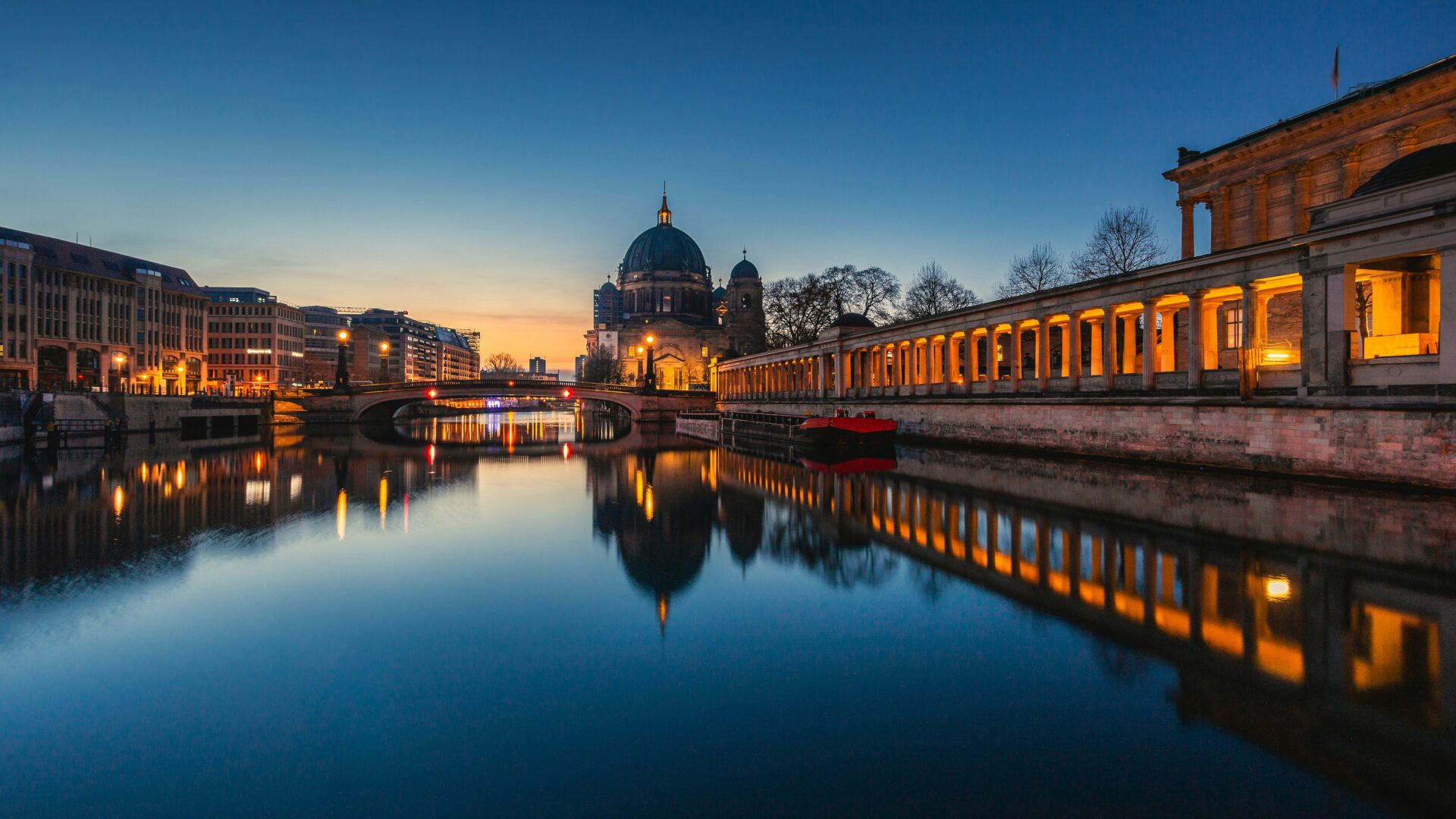
Best Time to Visit Berlin’s Museum Island
I always look at the season, day of the week, and any special events before planning my trip to Museum Island. Picking the right time helps me avoid crowds, enjoy good weather, and sometimes catch unique events.
Seasonal Highlights
Spring (April to June) and autumn (September to October) are my favorite seasons for a visit. The weather’s mild, and the parks and trees by the Spree River look gorgeous. Sightseeing feels easier, and lines are usually shorter than in the summer.
Summer (July and August) brings the crowds. Queues at the Pergamon and Neues Museum can get wild. Still, summer days are perfect for strolling the Lustgarten or grabbing a coffee outside. If I don’t mind bundling up, winter (especially January and February) is quiet, with fewer tourists and cozy galleries.
Autumn really shines—fall colors, crisp air, and clear skies make the island extra charming. Winter sometimes overlaps with Christmas markets, which brings festive energy but also more people to the area.
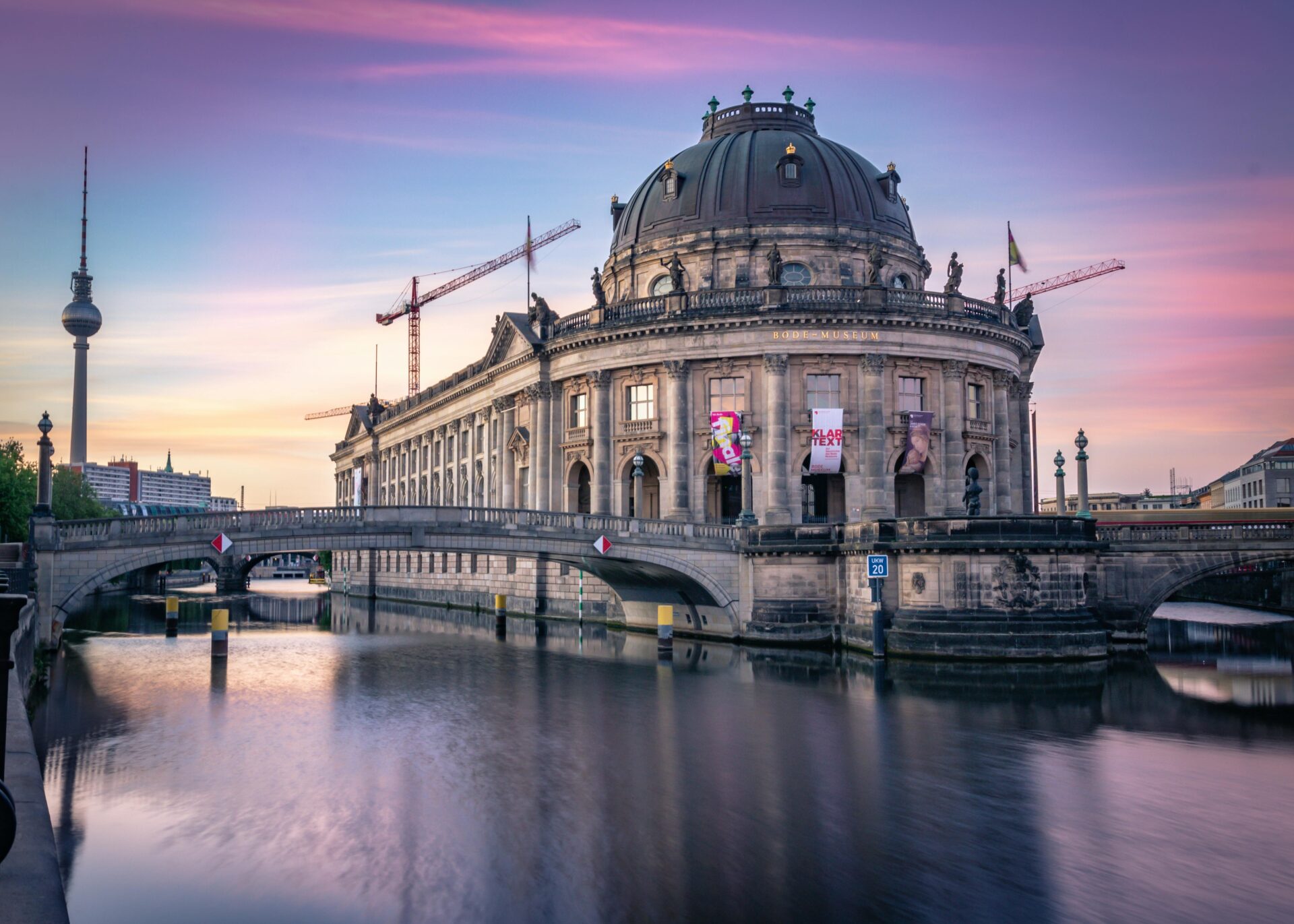
Weekdays vs. Weekends
If I want to dodge the queues, I go between Tuesday and Thursday. Arriving right at opening time gives me the best shot at quiet galleries, since crowds tend to swell by late morning.
Weekends are a different story. Locals and tourists pack in, especially on Saturday afternoons. Free admission days or special exhibitions (often the first Sunday of the month) draw even bigger crowds. I always check the official schedule before picking my day.
School holidays—like May or Easter break—mean more families and bigger groups. For a laid-back visit, I stick to midweek days outside major holidays.
Special Events and Festivals
Special events can totally change the vibe on Museum Island. During Berlin Art Week in September, art lovers from everywhere show up for tours and temporary exhibits.
The Festival of Lights in October lights up the museums with colorful displays. Evenings get crowded, but the atmosphere is electric.
The Berlin Marathon (also September) brings more visitors and messes with some transit lines, so I double-check my route. Easter often means special events and longer hours.
Summer brings Christopher Street Day (Pride) and open-air concerts nearby, so expect more people. December’s Christmas markets are magical but make weekends busier. I always check what’s on before heading out, just to avoid any surprises.
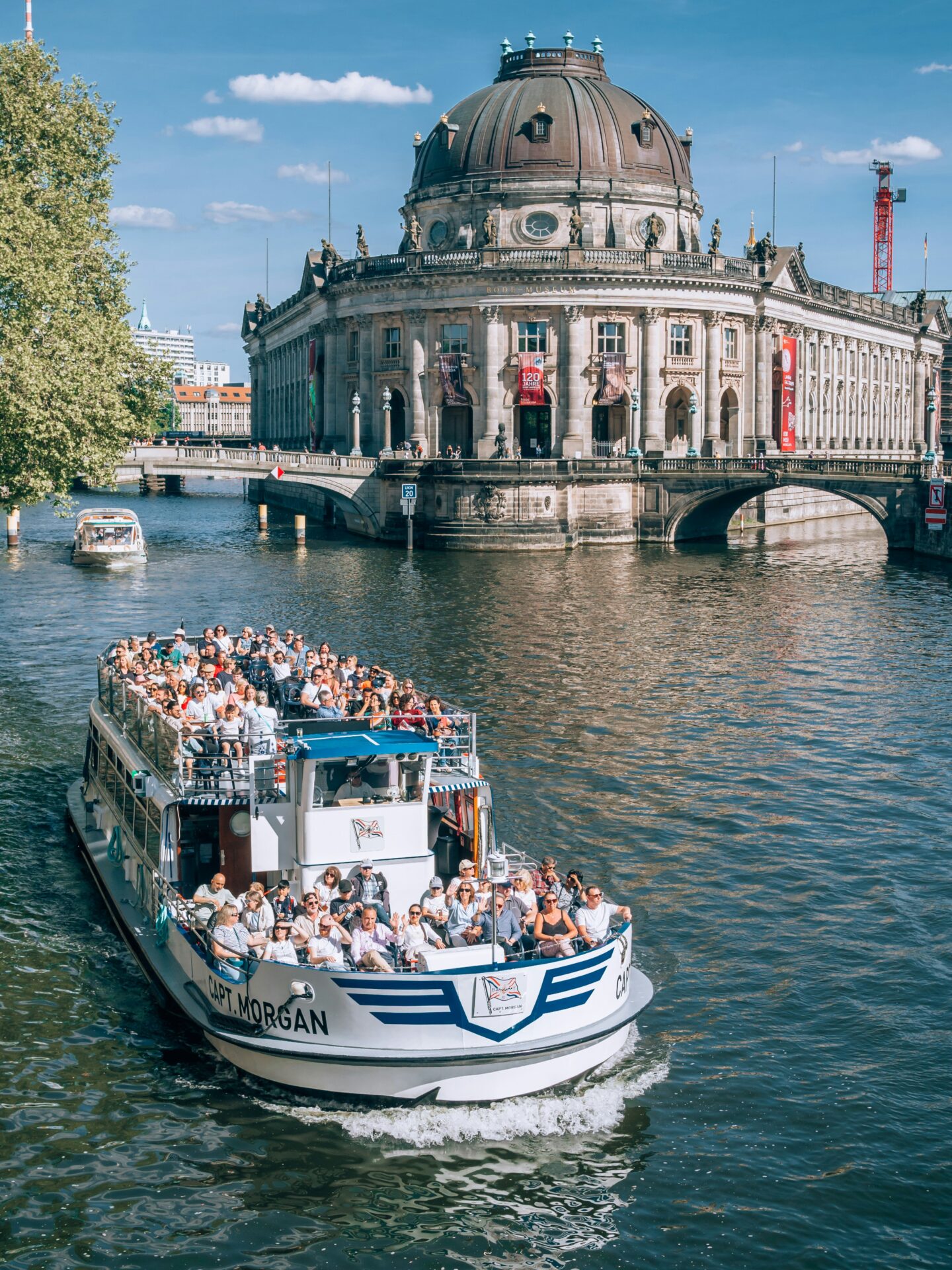
Essential Tips for Avoiding Queues
A little planning goes a long way at Museum Island. I always buy tickets ahead, pick the right hours, and use museum passes to skip lines.
Advance Ticket Purchases
I can’t stress this enough—buy your tickets online before you go. Most museums on Museum Island let you grab skip-the-line or timed-entry tickets. I pick a slot that works for me and get a QR code to scan at the door.
Booking in advance means I breeze past the ticket windows. The Pergamon and Neues Museum sometimes sell out for the day, so booking early locks in my spot, especially from May to September.
Here’s my quick process:
- I visit the official Museum Island website or a trusted ticket site.
- Pick my date and time.
- Use my phone or a printout for entry.
If I’m planning to visit a few museums, having tickets sorted ahead of time keeps the day moving.
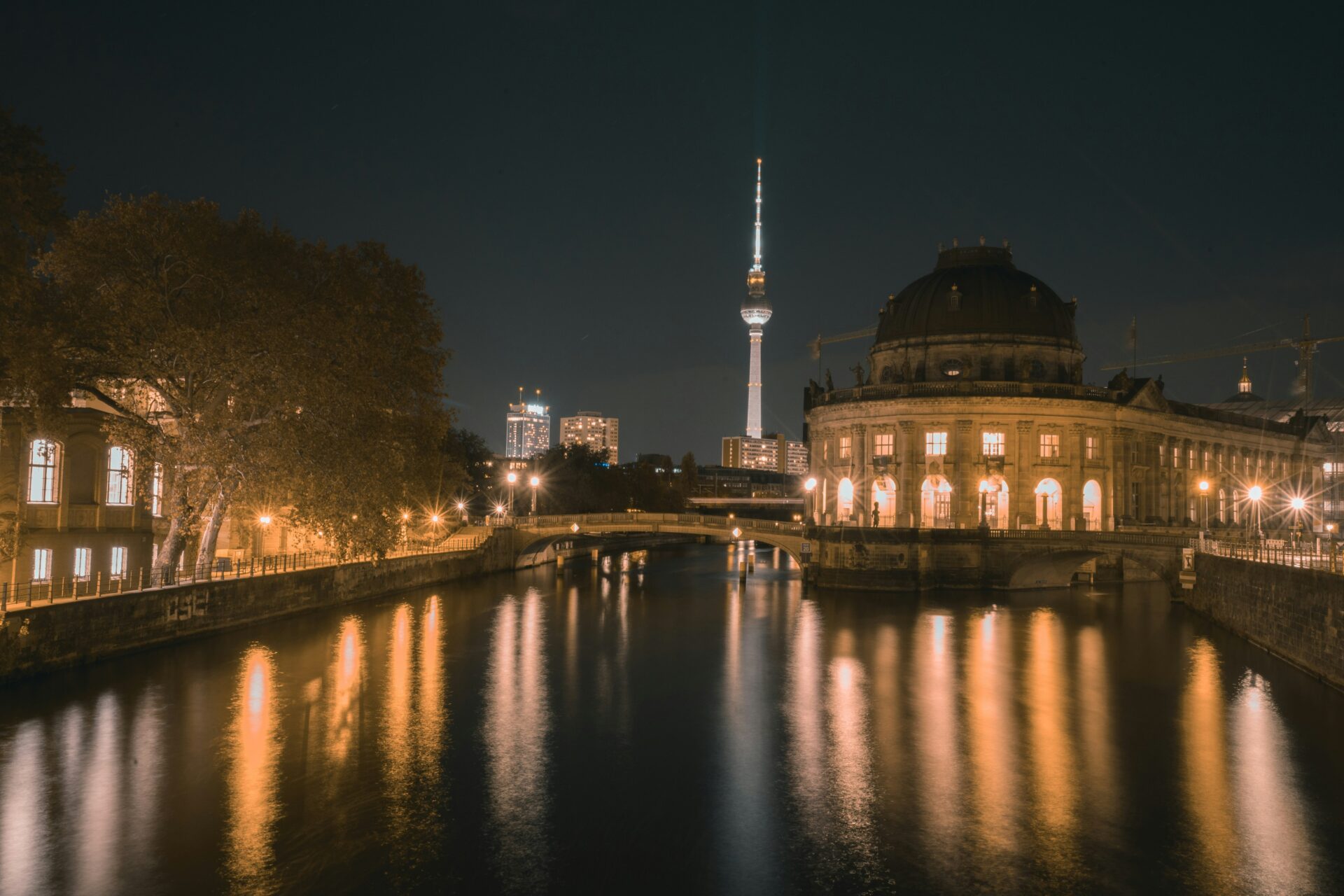
Optimal Arrival Times
Timing matters. I aim to get there right when the museums open—usually between 10 a.m. and 11 a.m. Weekday mornings are usually peaceful, and I avoid big tour groups.
Here’s a rough look at crowd levels:
| Day | Morning (10am-12pm) | Afternoon (12pm-5pm) |
|---|---|---|
| Weekdays | Low | Medium |
| Weekends | Medium | High |
I always check opening hours in advance. Some museums close one day a week or on holidays, and it’s a bummer to show up and find the doors locked.
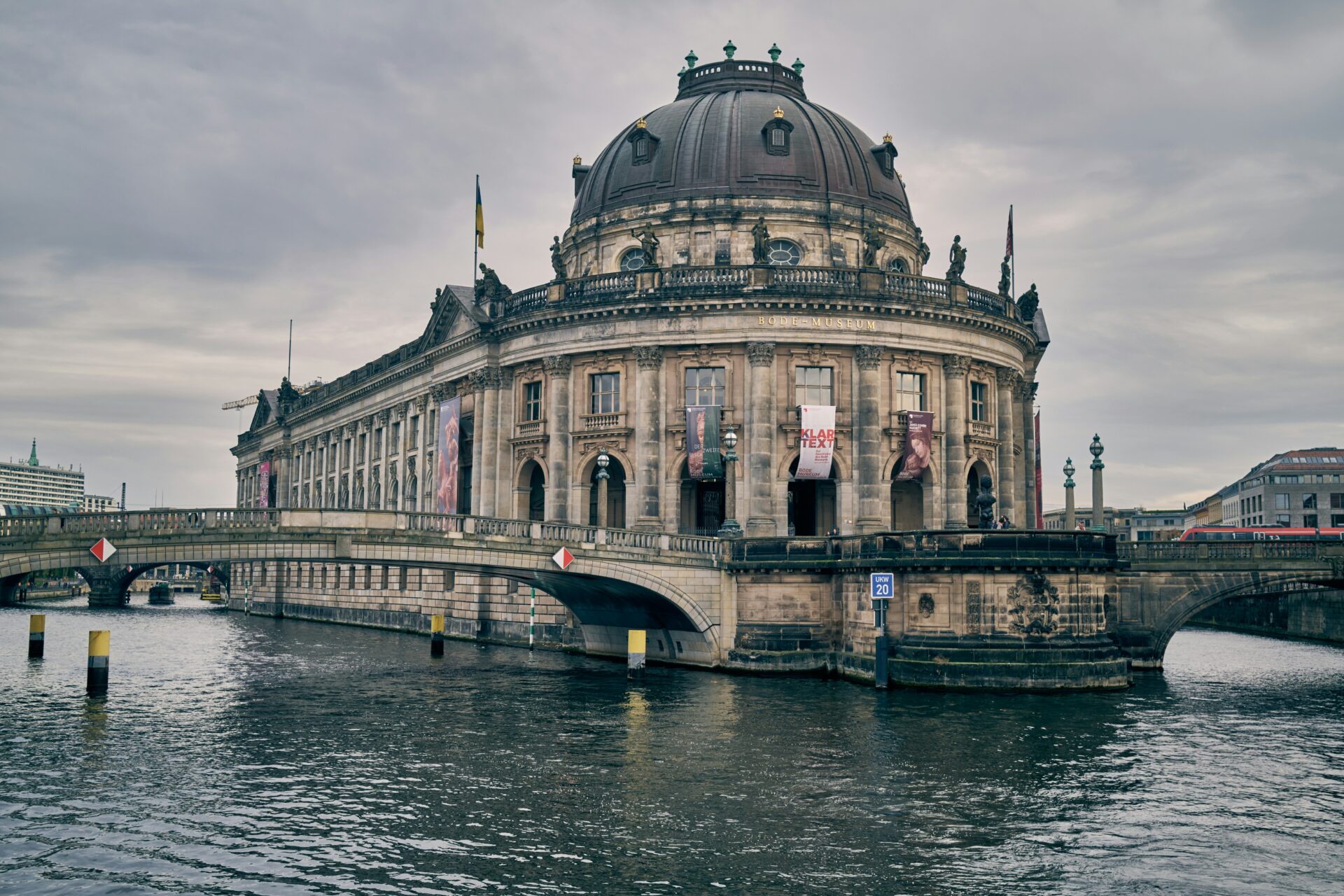
Utilizing Museum Passes
The Museum Pass Berlin is a lifesaver if I want to see several museums. It covers most of Museum Island and usually lets you skip the main lines.
If I’m hopping around Berlin, the Berlin Welcome Card gives me unlimited transit and discounts at many attractions, including some museums. It makes getting around simple and saves me a few euros.
The museum pass activates on first use, so I plan my visits within those three days. With these passes, I spend more time exploring and less time waiting.
Navigating Museum Island: Making the Most of Your Visit
A little planning really helps on Museum Island. This UNESCO World Heritage Site sits right in Berlin’s heart, and it’s easy to get around if you know what to expect.
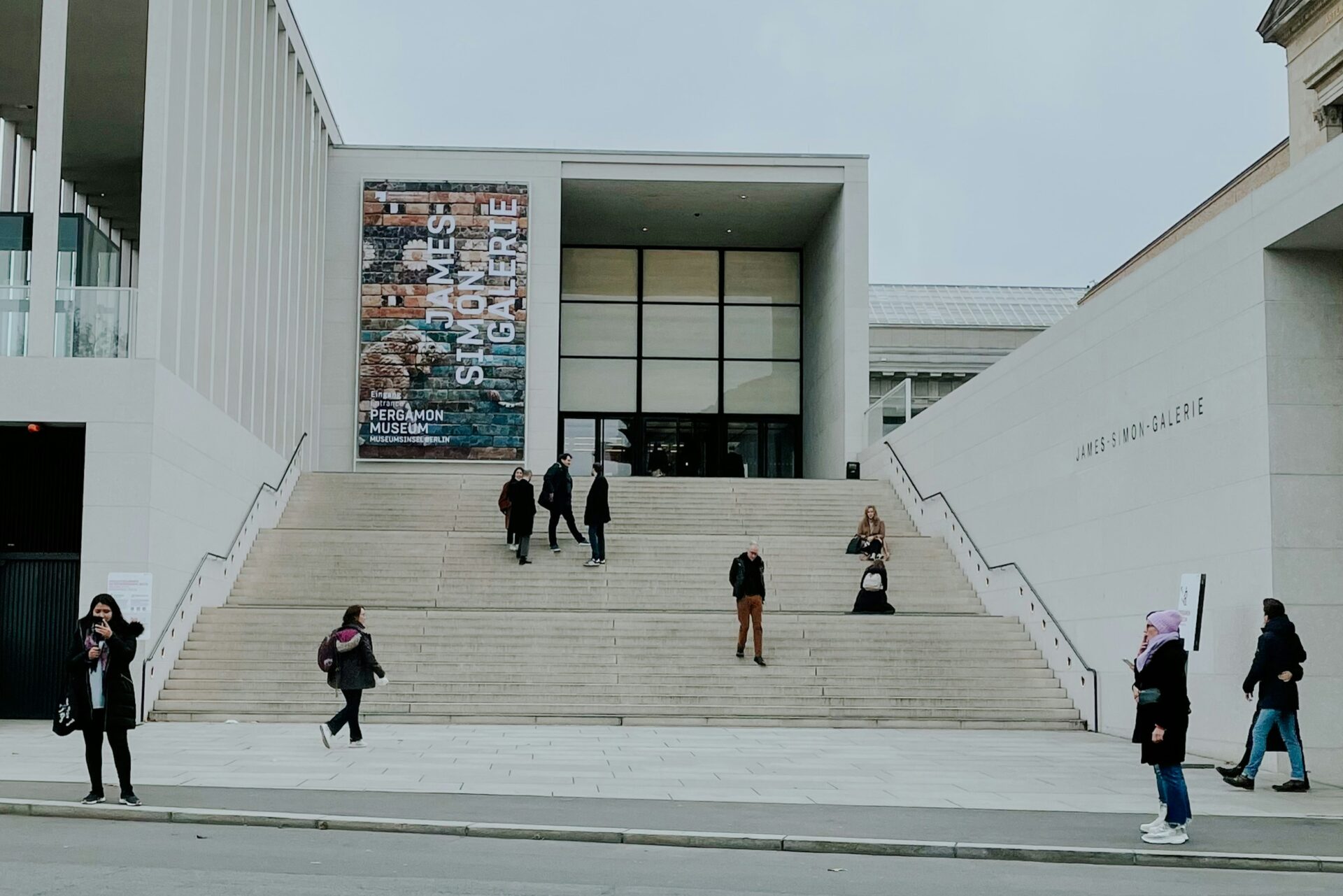
Planning Your Route
With five museums close together—Pergamon Museum, Bode Museum, Altes Museum, Neues Museum, and Alte Nationalgalerie—I like to map out the order before I go. I usually start with whichever museum opens earliest, often the Pergamon, and work my way through before crowds build up.
Booking tickets online ahead of time really pays off. I can skip the main ticket line and head straight inside. I also pack light, since big bags need to be checked and that can slow things down.
Signs and maps are everywhere, so getting lost isn’t really a worry. If I need a break, I’ll sit outside by the Spree River or grab lunch at a nearby café. I always check the official website for any special exhibitions or closures before my visit.
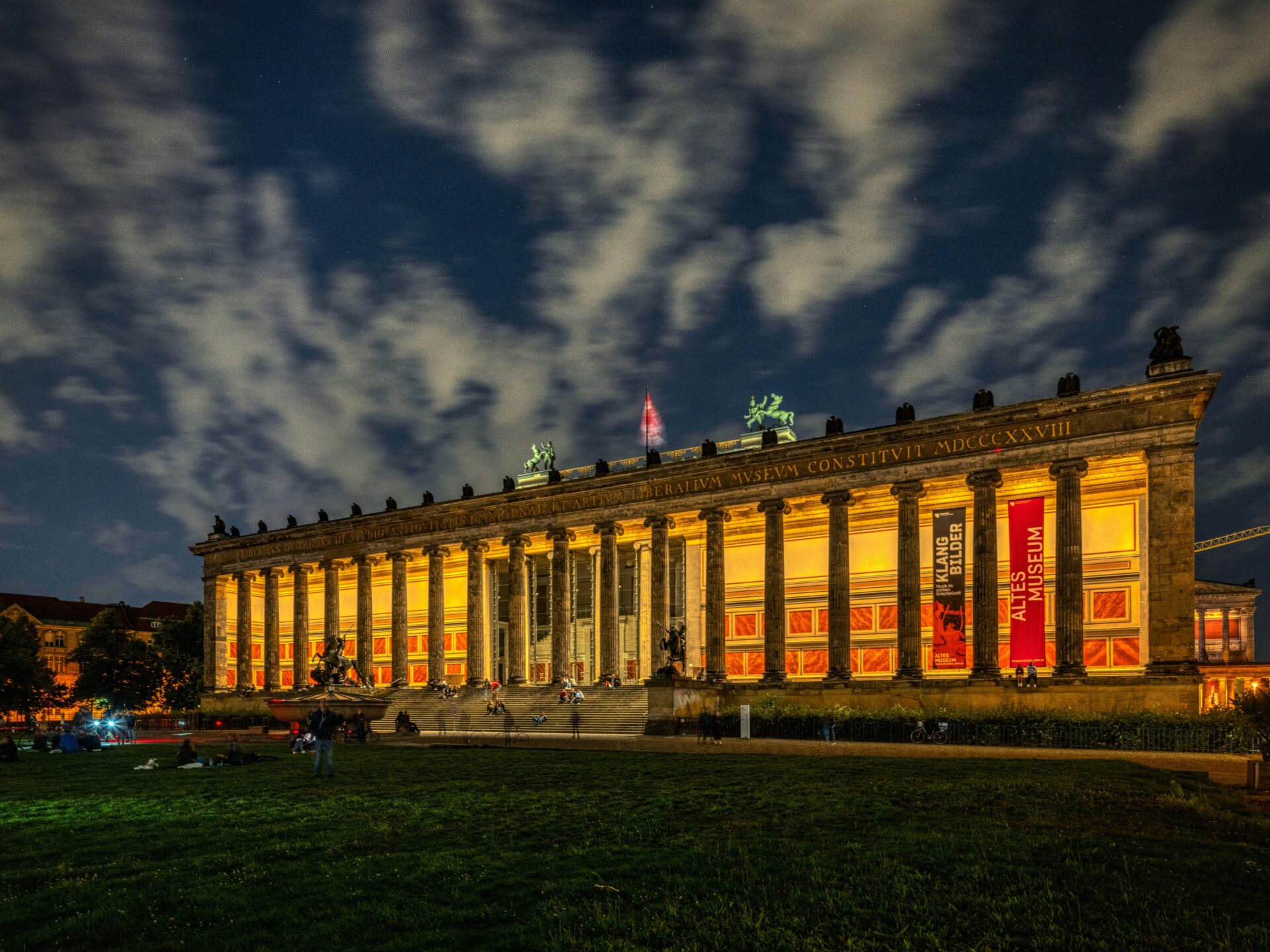
Transportation and Accessibility
Museum Island sits right in central Berlin, close to Alexanderplatz. I usually hop on the S-Bahn or U-Bahn—Hackescher Markt and Alexanderplatz stops are just a short walk away. Trams and buses also make stops nearby.
Cycling is a fun way to get there, too. Berlin has bike lanes and plenty of rental bikes. There’s some bike parking next to Museum Island, but it fills up quickly on busy days.
The area is flat and paved, so it’s easy for wheelchairs and strollers. Museums have elevators and ramps. If I’m visiting with someone who needs extra help, I check accessibility info on the museum websites ahead of time.
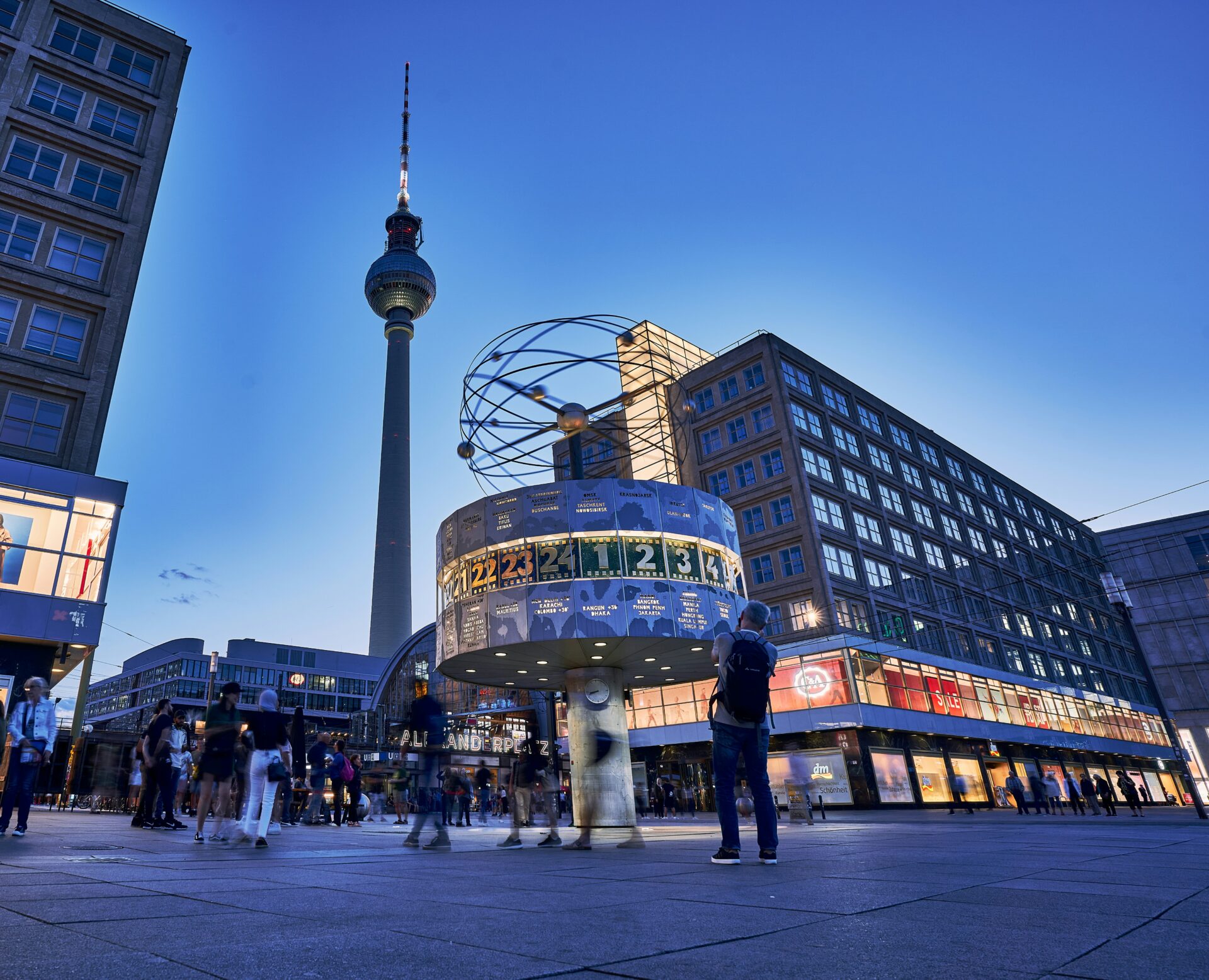
Top Museums and Must-See Exhibits
Museum Island packs five world-class museums into one spot. Each one has its own vibe and specialties, from ancient art to modern masterpieces. Most have audio guides or tours, which make the experience richer.
Pergamon Museum Highlights
The Pergamon Museum is legendary for its massive reconstructions. The Pergamon Altar used to be the big draw, but it’s under renovation now. Still, the Collection of Classical Antiquities is impressive.
I always make a beeline for the Ishtar Gate of Babylon—those blue tiles and lions are unforgettable. The Islamic Art collection is also stunning, especially the Aleppo Room with its intricate woodwork. The Market Gate of Miletus, a towering Roman structure, is another highlight.
Audio guides are available in several languages. Guided tours fill up quickly, so I book ahead if I want one.
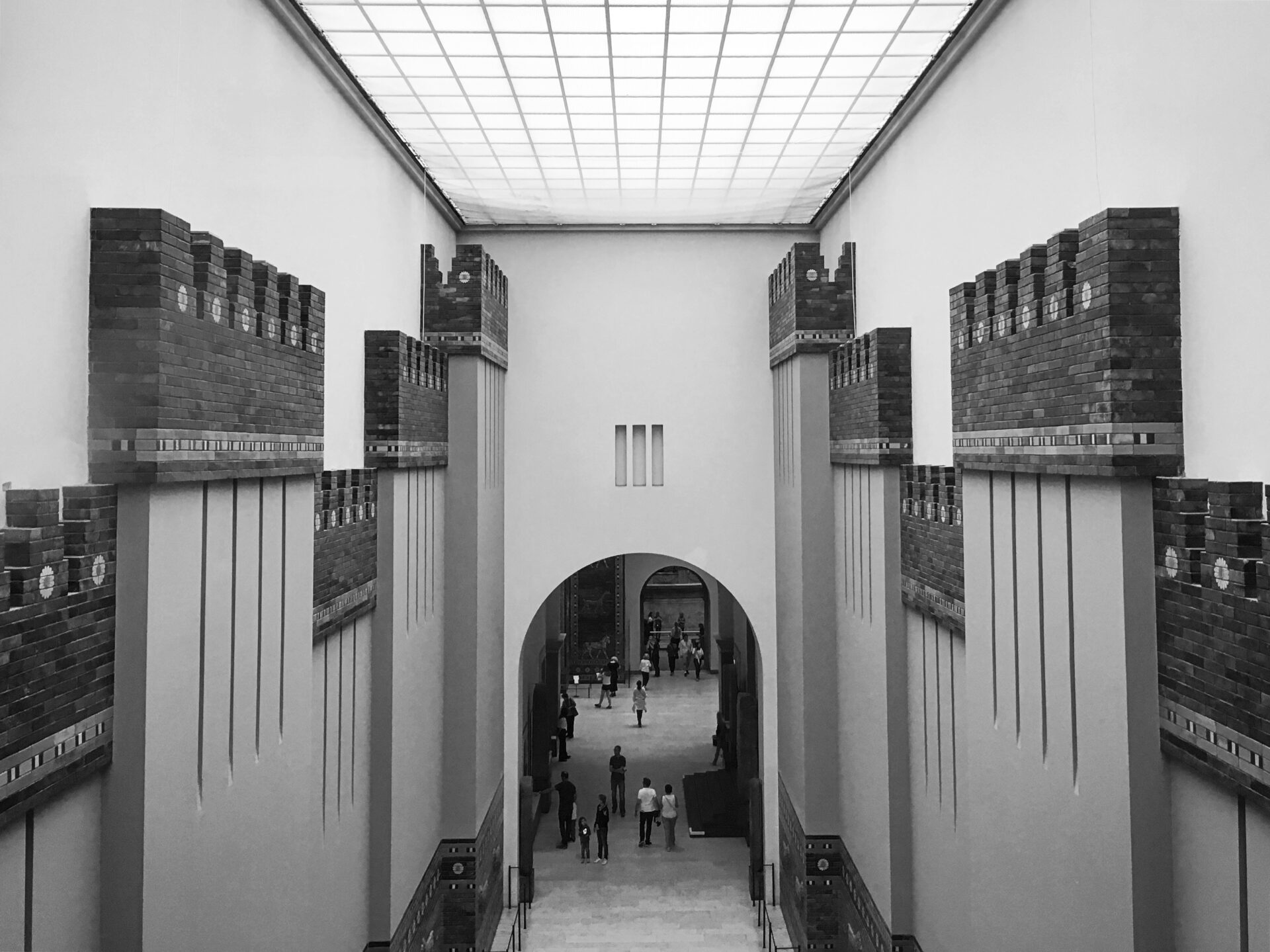
Neues Museum and Egyptian Art
The Neues Museum is famous for the Egyptian Museum and Papyrus Collection. The Bust of Nefertiti is the star. I try to see it early or late in the day to avoid crowds.
There’s a treasure trove of ancient Egyptian artifacts—statues, jewelry, sarcophagi—spanning thousands of years. Prehistoric and early history items fill out the rest, with Bronze Age tools and Stone Age pottery.
The building itself mixes old and new, hinting at Berlin’s own story. Audio guides and group tours are available, and I always check the schedule for special exhibitions.
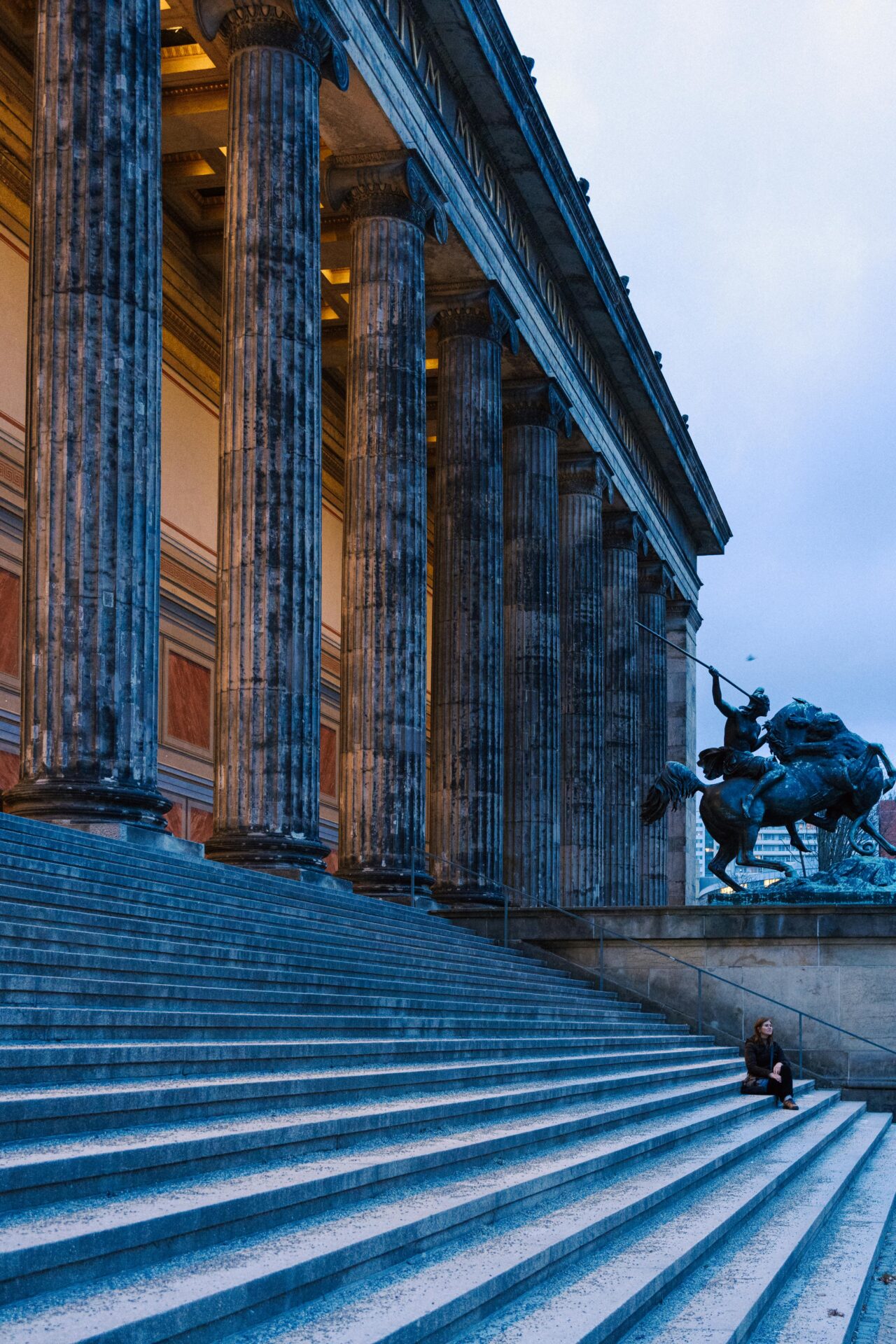
Alte Nationalgalerie and Altes Museum
The Alte Nationalgalerie is where I lose track of time among 19th-century paintings and sculptures. Works by Caspar David Friedrich and Adolph Menzel always draw me in. The galleries cover Romantic, Impressionist, and early Modern art from Germany and beyond.
Just across the lawn, the Altes Museum focuses on the Collection of Classical Antiquities. Greek vases, Roman busts, and Etruscan pieces fill the halls. The rotunda, with its grand statues, feels straight out of ancient times.
Both museums sometimes host special exhibitions. Audio guides and tours help me dive deeper into the stories behind the art.
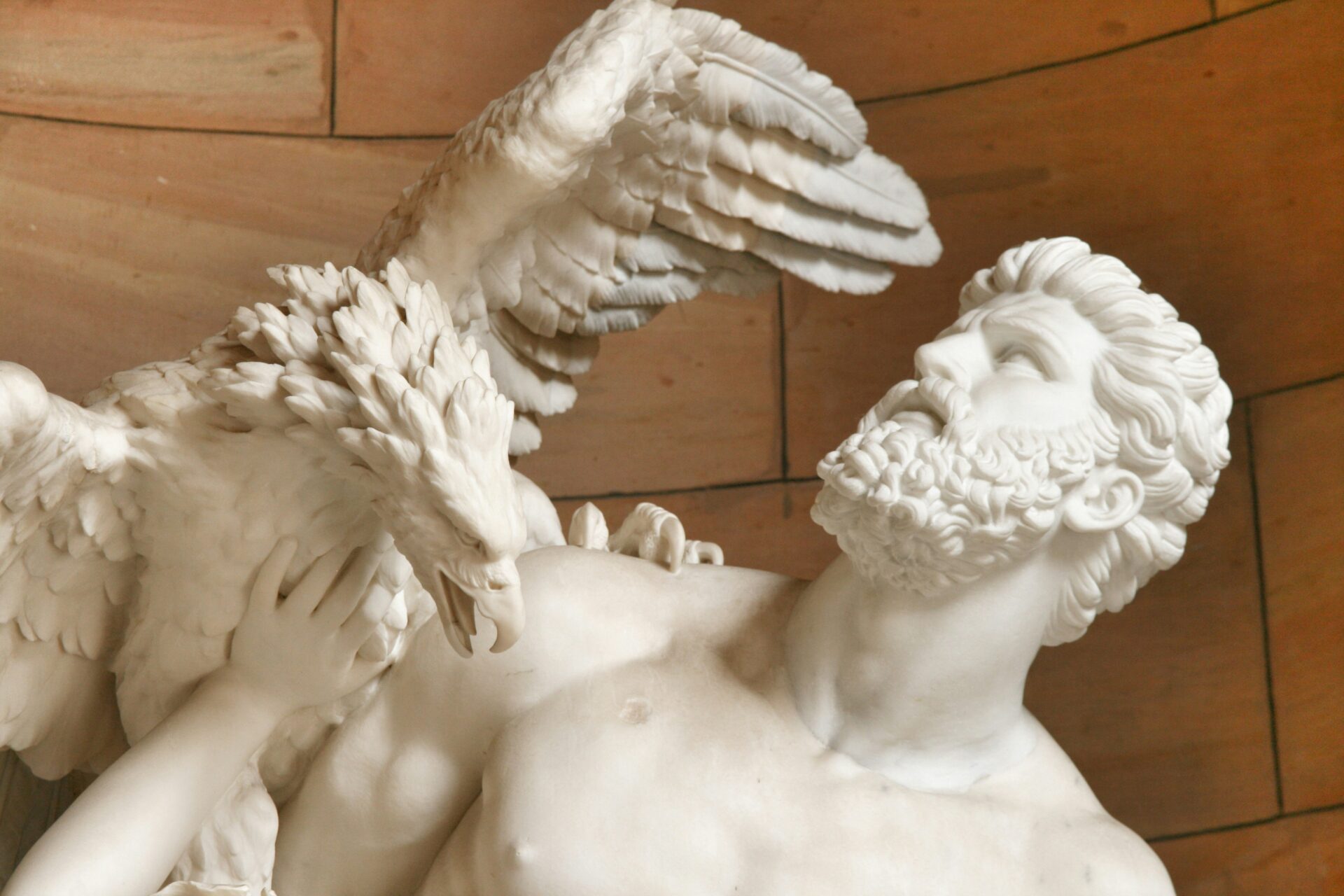
Bode Museum and Byzantine Art
The Bode Museum sits at the northern tip of the island. Inside, there’s a fascinating mix of medieval sculpture, Byzantine art, and an impressive coin collection.
I usually start with the golden mosaics and icons, then wander into the Renaissance and Baroque sculptures. The Bust of Flora always sparks curiosity—its origins are still debated.
The Numismatic Collection offers coins and medals from across Europe and the Middle East. It’s a cool window into history and culture.
Guided tours and audio guides help make sense of it all. The museum sometimes features special exhibitions on religious art or restoration work.
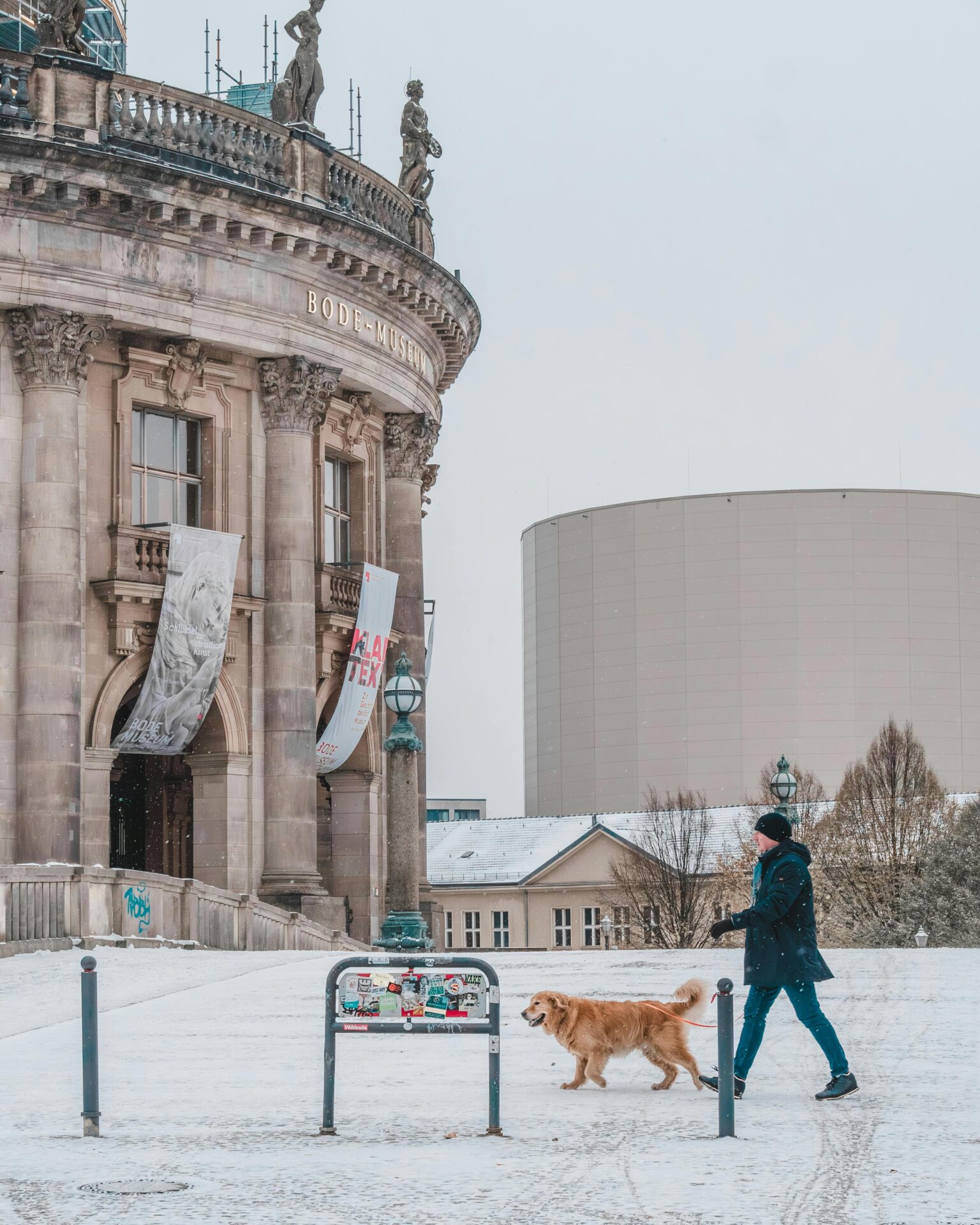
Enhancing Your Experience on Museum Island
Museum Island isn’t just about museums—it’s a chance to dive into Berlin’s culture, food, and history. I always find that planning a spot for lunch or checking out nearby sights makes the day even better.
Dining Options Nearby
Whenever I need a break, I just wander around and see what’s close by to eat. If I’m craving a quick snack or something light for lunch, I usually head to Café Allegretto or Cu29—they’re barely five minutes from the museums.
These spots serve up sandwiches, light meals, and honestly, the coffee’s pretty good. Sometimes, the smell of fresh bread from a nearby bakery just pulls me in, especially when they’ve got warm pretzels or flaky pastries lined up.
If I’m in the mood for something a little heartier, I’ll pop into Zur Letzten Instanz. They whip up classic German dishes like schnitzel and sausages—comfort food at its best.
There are days when only an upscale dinner will do. That’s when I think about booking a table at Pauly Saal. Sure, it’s pricier, but the food and service never disappoint.
If you’re planning to eat out during the summer or when Berlin buzzes with Fashion Week, I’d suggest making a reservation ahead of time. It’s just easier that way, and you won’t have to deal with any last-minute surprises.
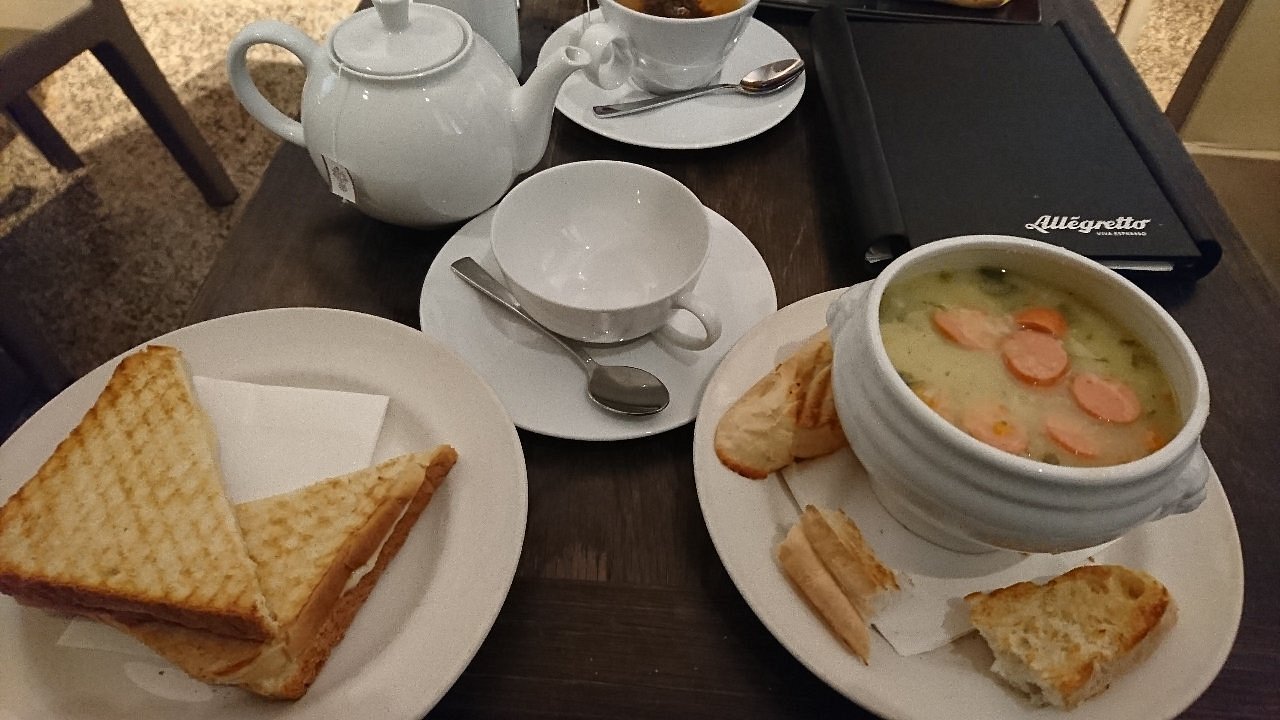
Cultural Landmarks and Activities
Museum Island always draws a crowd, but honestly, it’s just the beginning around here. I like to wander over to the Berlin State Opera—it’s only about a 10-minute walk. Sometimes I’ll check if there’s a matinee or just pop in for a quick guided tour.
If you’re up for more, don’t skip the Brandenburg Gate or the Reichstag. Both sit less than 20 minutes away and practically buzz with history. When I want something different, I hop on a train to Charlottenburg Palace and lose myself in the gardens or the surprisingly impressive art collections.
Walking these routes, I really soak in the German culture—there’s something about the mix of old architecture and lively city streets. Pairing museums with outdoor wandering keeps things fresh, and honestly, it’s what makes Berlin stick in my memory every time.

